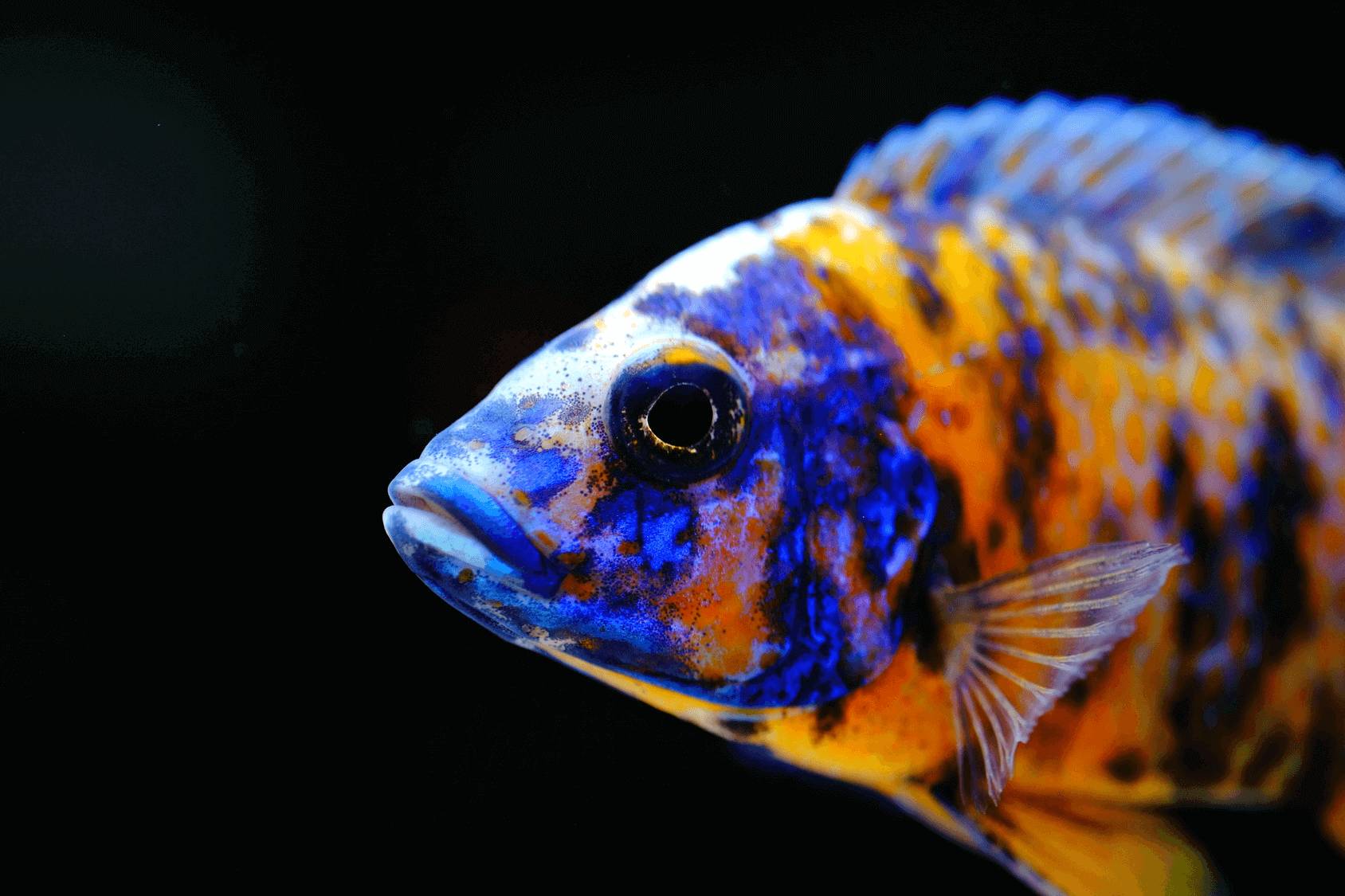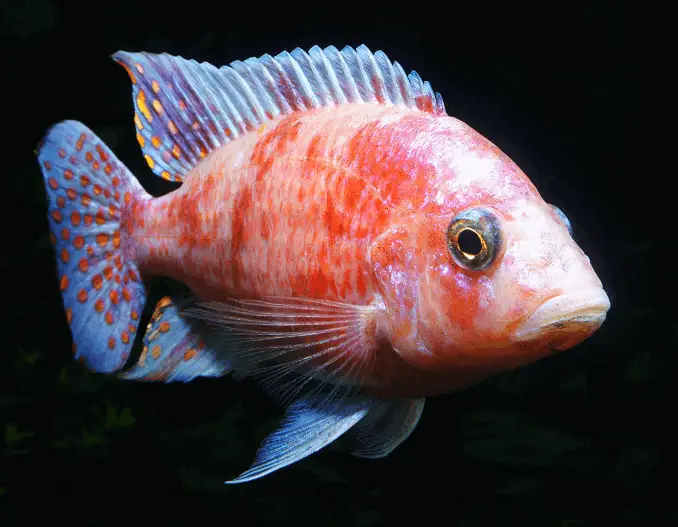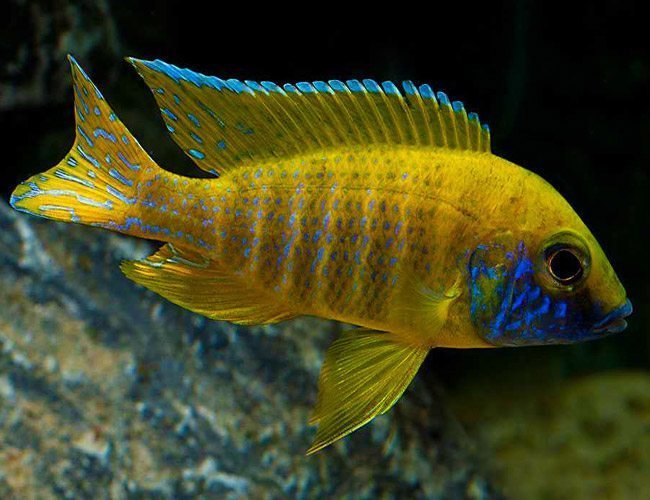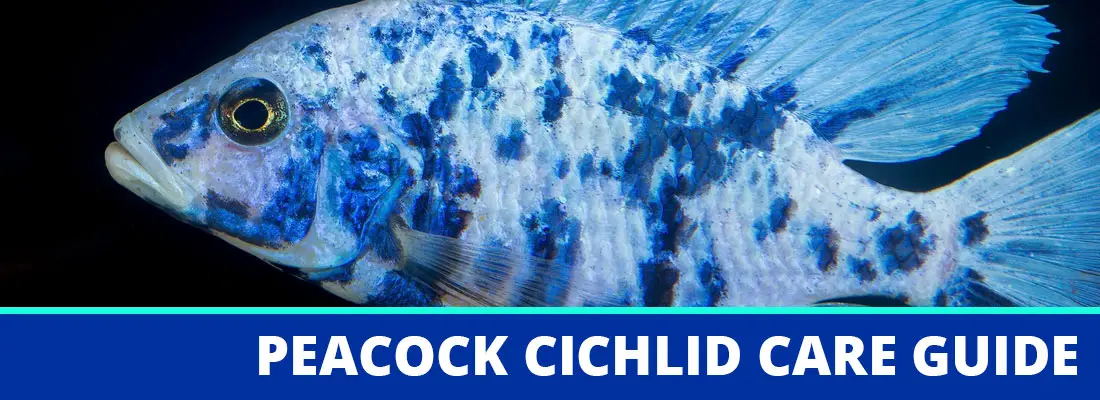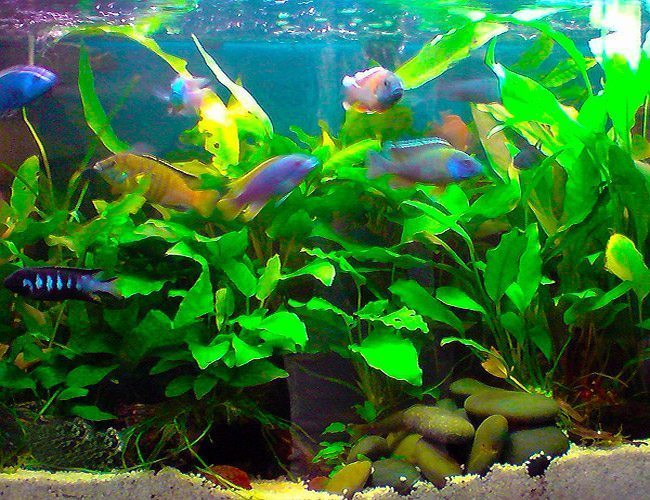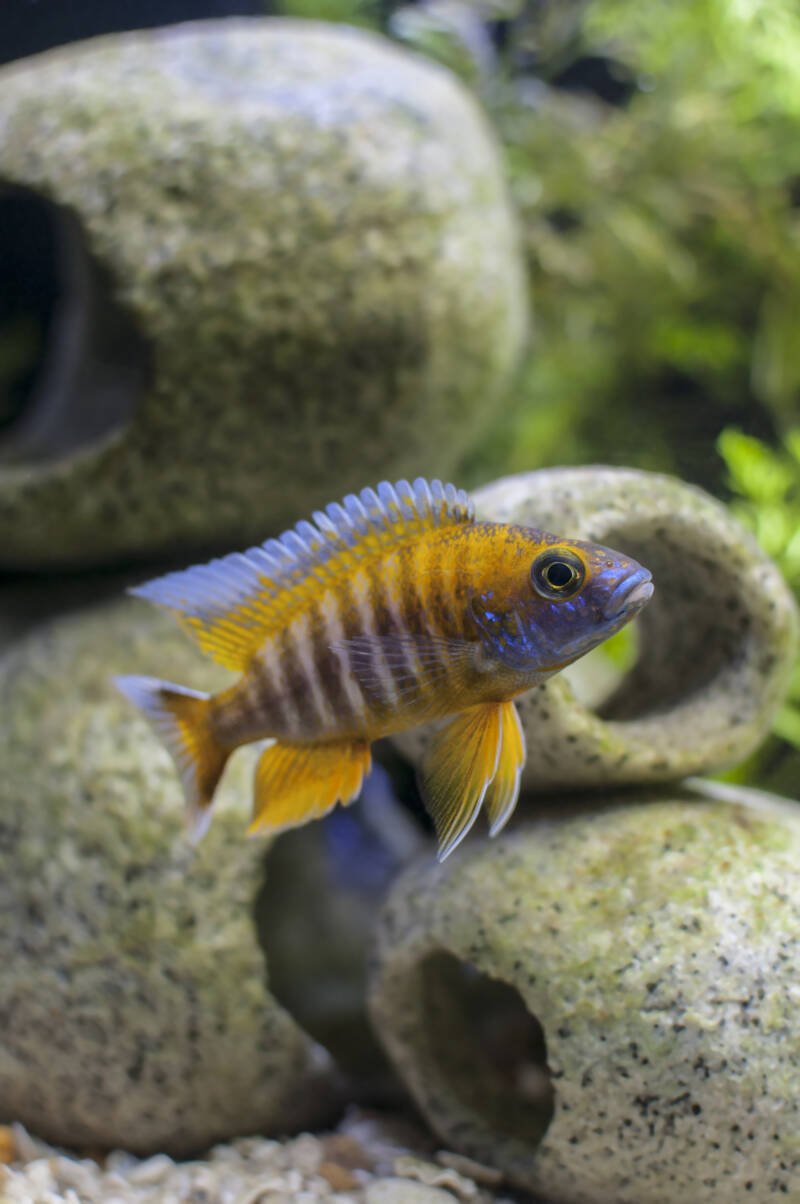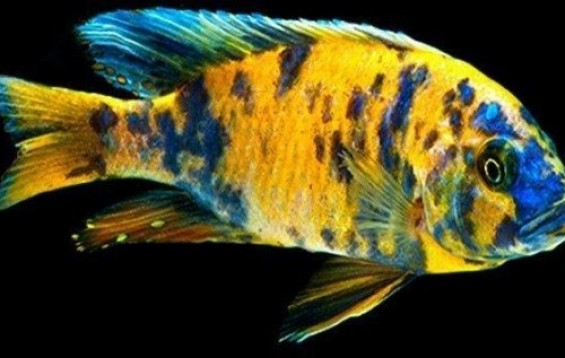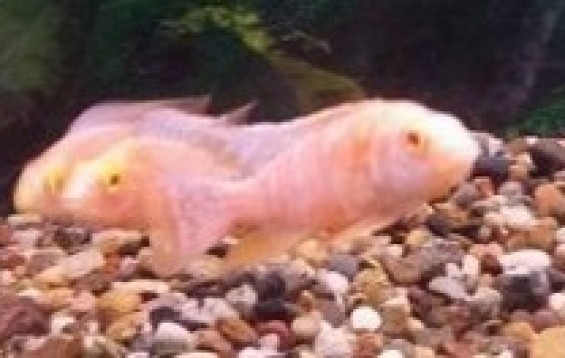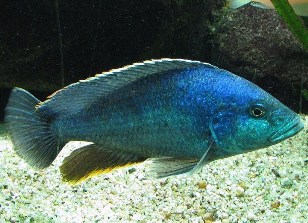Best Substrate For Peacock Cichlids

Peacock cichlid loves to live at the bottom and in the lake malawi you can find them at depths of six to forty meters.
Best substrate for peacock cichlids. The best cichlid substrates and gravels will also have a finer silty nature. April 25 2019 0 cichlid guide. The best kinds of substrates for african cichlids are ones that are smooth or grounded finely. Most of these substrates primarily contain porous crushed coral aragonite.
According to the website fishbase there are 22 recognized species of the genus aulonocara. Like all other types of peacock its female counterpart is a gray color. The behaviour of peacock cichlid. Peacock cichlids is the name for the genus of fish called aulonocara.
Here is a list of peacock cichlid types. These are hybrids and are cross breeds between pure peacock cichlids breeds. African cichlids are a popular species to keep providing an active and colorful aquarium to their owners. It includes many species and sub species.
Male peacock cichlids like in betta wear more vivid colors and as a result are more appealing when kept in an aquarium. They will remain in one place above the sand and as a movement is detected from any invertebrates they will immediately strike. The best cichlid substrates will buffer the water to maintain a higher ph even after water changes. Beginners are presented with challenges with these fish as their environmental requirements are more specific than those of other freshwater fish.
The bluepeacock cichlid aulonocara nyassae a metallic blue to a bright yellow and during breeding season its color will become even more enhanced. Possibly more are waiting to be discovered. Cichlids like to move burrow and sift in the substrate so if the material is large or jagged there is a chance of your cichlid accidentally hurt itself. Most substrates will do just fine but the best sand or crushed coral are the most chosen.
Their typical behavior is searching for food amongst the sand. Finally a word on the ob peacock. Peacock cichlids usually range in size with the average being anywhere from 4 to 6 inches which means the fish can fit in a tank that is between 45 and 55 gallons.


